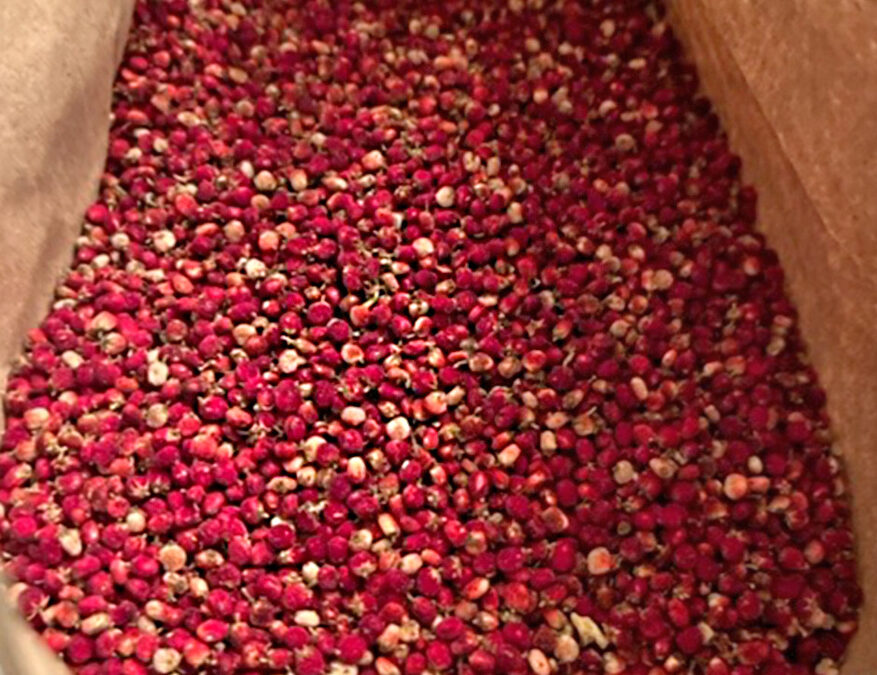The inspiration for Sumac Health and Wellness all started with the love of the powerful Staghorn Sumac (Rhus typhina), a native shrub or small tree found in North America. This plant has been valued for both its ornamental beauty and its various medicinal properties for centuries. The Staghorn Sumac is known for its distinctive red, cone-shaped fruit clusters that develop in late summer and fall, which have been used in traditional Native American medicine for their potential health benefits.
The Staghorn Sumac has a long history of traditional uses, including being brewed into a tea to help with sore throats, digestive issues, and even as a general health tonic. It is rich in antioxidants, vitamins, and minerals, making it a potentially valuable ingredient for natural health and wellness products. The deep connection between nature and well-being has inspired Sumac Health and Wellness to harness the power of this ancient plant for modern holistic health practices, promoting a harmonious balance between the body, mind, and spirit.
Staghorn sumac, a plant known for its striking red fruit clusters, holds significance in folklore and traditional medicine. In some Native American cultures, the plant is believed to have healing properties and is used in remedies for various ailments. Additionally, the sumac’s branches were used to create dye for textiles and its tart fruits were used to make a refreshing beverage similar to lemonade. The plant’s association with healing and vitality has led to its inclusion in various cultural practices and ceremonies.
Staghorn Sumac Folklore:
Dana O’Driscoll writer of The Druids Garden Blog writes in his blog about Staghorn sumac,
“There are also a few stories of bear. In the Musqauake legend, “Chasing the Bear” a group of hunters are trailing a bear. Eventually, they catch him and slaughter him on a pile of maple, and sumac ledge Bear is slaughtered on pile of maple and sumac branches. According to this legend, this is why their leaves now turn “blood red” in the fall. https://thedruidsgarden.com/blog/

